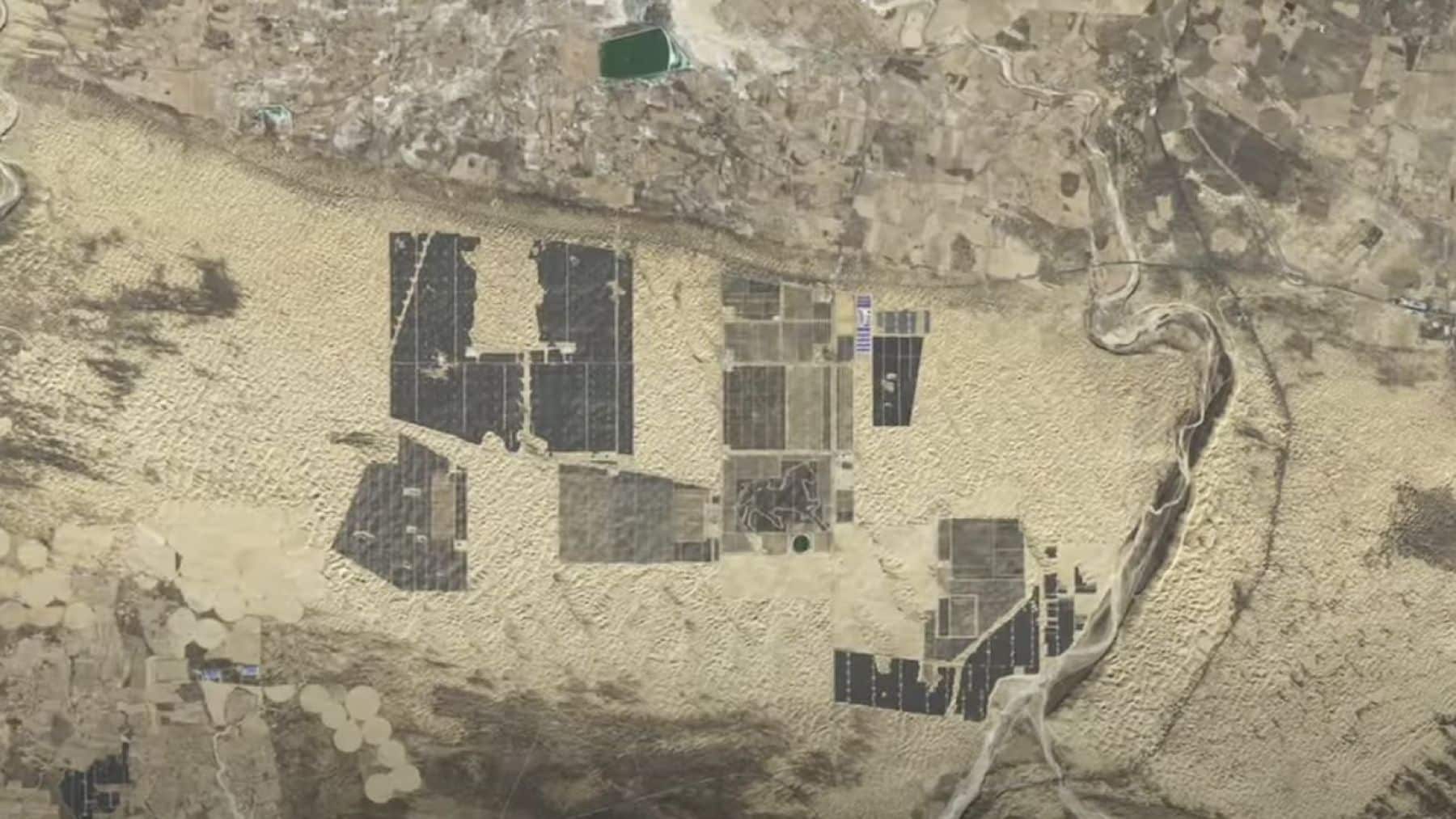For centuries, the Kubuqi Desert has been a source of desertification and sandstorms in the Mongolian region of China. It was most renowned as the Sea of Death by citizens because of its arid landscape and barren resources. Only 30 years ago did all of this become history as China commenced its ambitious clean energy transformation.
China and the Junma Solar Blanket over the Kubuqi Desert
In the past 30 years, Chinese officials have become deliberate about revitalising the vast expanse of dunes into a photovoltaic power station. This project is part of China’s construction of a Solar Great Wall, designing a surge so large it powers the whole of Beijing effortlessly.
The Kubuqi Desert is favorable for this transformation, most notably for being the seventh-largest desert in China. It extends over 400km from east to west, and 50km from north to south. In addition, its flat terrain, sunny weather, and proximity to the nation’s capital make it desirable for this project.
Needless to say, what was once a concern has become a frontrunner in this nationwide solar race with the Junma Solar Power Station. In Mandarin. Junma means fine horses would be clearly seen over the horizon of the landscape. The station is blanketed with more than 196,000 photovoltaic panels. It generates over two billion kWh of sustainable electricity yearly, which is enough to power 300,000-400,000 households.
The bizarre effect: More than sustainable electricity
Thirty years ago, the landscape of Kubuqi was devoid of life and basic amenities like water, agriculture, or livestock. This left most farmers and shepherds within the region in extreme poverty. To put this in perspective, the whole landmass of the Kubuqi deserts was lost in harsh weather and sandstorms.
The initiative by the Chinese government has not only provided sustainable clean energy, but has also added many benefits to the area. The most prominent is the revitalization of the deserted landscape. By installing the solar panels, officials in China have inadvertently reduced evaporation and improved pastoral greening in the area, just like this powerful floating Solar Ark innovation by Japan. This is achieved by effectively reducing the extent to which sandstorms and dunes plague villagers.
As expected, the slow greening of the Kubuqi Desert has promoted ecological advancement in the region. Farmers, taking advantage of the good soil, have produced crops, herbs, and food products necessary for feeding. Also, herders have noticed a reverse immigration of farm animals. Altogether, the installation of the Junma Solar Power Station has created employment opportunities for local villagers. Are there any global effects of this?
The global aftermath of revitalizing the Kubuqi Desert
The Junma Solar Power Station was completed in 2017 and has received many awards and commendations from the United Nations. In September of that year, the 13th UN Convention on combating desertification recognized the greening of over 6300 sq. kilometers of Kubuqi. It had also acknowledged that a wealth of CNY500 billion has been created, approximately USD $69 billion.
By June 2024, China is expected to lead the world in the optimization of solar farm energy with a capacity of 386,875 megawatts (MW). This is approximately 51% of the capacity of the world today, according to Global Energy Monitor Tracker. The United States of America comes second with 79,365 MW at 11%, followed by India with 53,114 MW at 7%.
What does the future hold for this project in China?
As officials in China push through with solar energy, analysts at Dalad Banner project abundance for the nation, just like this groundbreaking alarm bell set across the globe. This includes an overflow of clean energy, organic agricultural practices, job creation, infrastructural development, and tourism. These all put together projects an annual revenue of CNY2 billion from solar energy in China.
Disclaimer: Our coverage of events affecting companies is purely informative and descriptive. Under no circumstances does it seek to promote an opinion or create a trend, nor can it be taken as investment advice or a recommendation of any kind.

